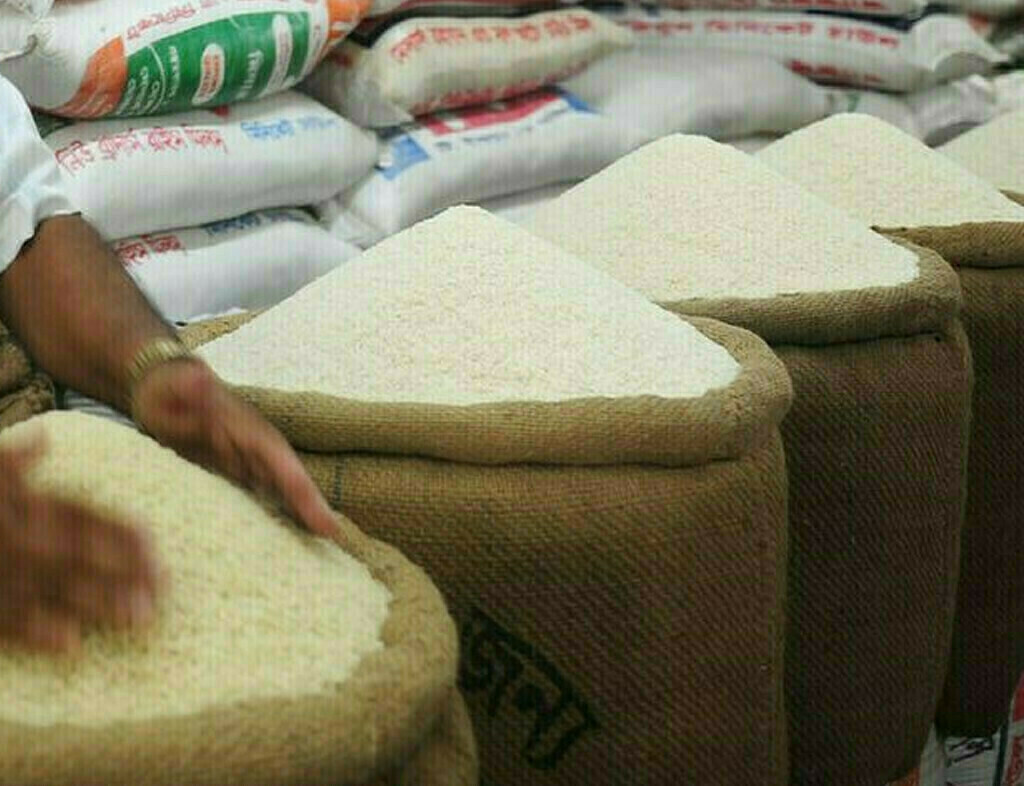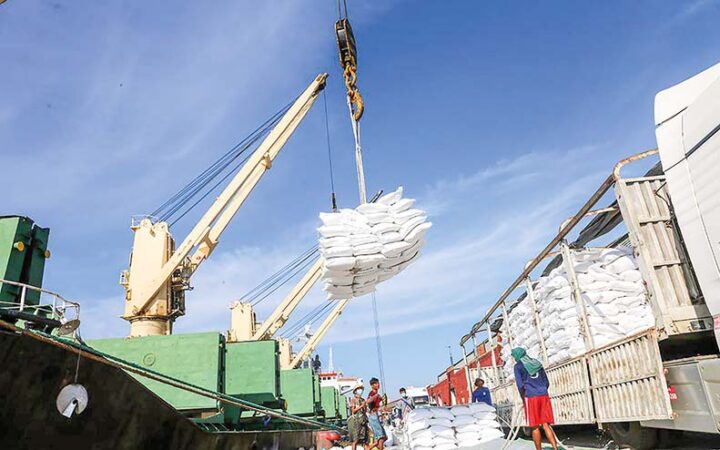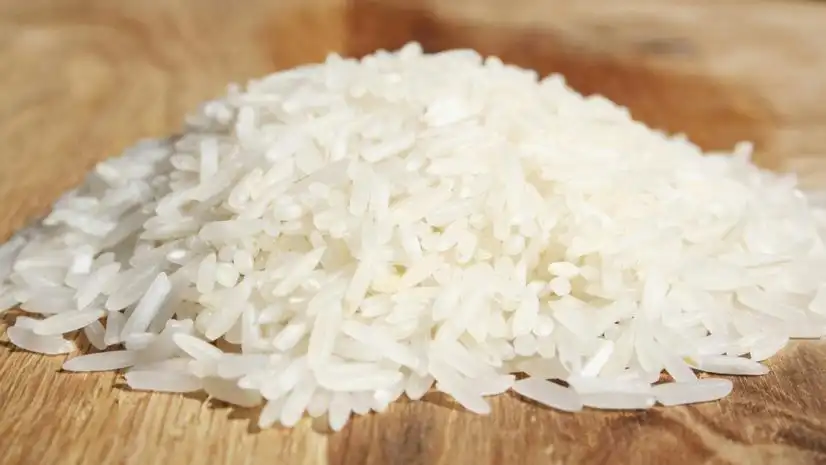Tags
Possible answer to farm fires: New rice variety can replace Pusa-44
Though the order didn’t name the variety, the reference was likely to Pusa-44. It’s this variety that Punjab Chief Minister Bhagwant Singh Mann had said would be “banned” from next year.

In the current kharif season, Punjab farmers have planted 5.48 lakh hectares (lh) under Pusa-44, which is over 17 per cent of the state’s total 31.99 lh area under paddy.
In its order on Tuesday (November 7) directing the Punjab, Haryana, Uttar Pradesh and Rajasthan governments to ensure that the burning of crop stubble be “stopped forthwith”, the Supreme Court mentioned a “particular kind of paddy… grown mostly in Punjab”. This variety and “the time period in which it is grown” were seen as major causes of stubble burning and the resultant pollution problems in the National Capital Region.
Though the order didn’t name the variety, the reference was likely to Pusa-44. It’s this variety that Punjab Chief Minister Bhagwant Singh Mann had said would be “banned” from next year.
Bred by the New Delhi-based Indian Agricultural Research Institute (IARI), Pusa-44 is a long-duration variety that takes 155-160 days to mature, from the time of nursery sowing of seeds to harvesting of grain. Thus, the crop that is transplanted in mid-June after nursery sowing a month earlier is ready for harvesting only towards late-October. And since that leaves very little time for field preparation to sow the next wheat crop, ideally before mid-November, farmers resort to burning the standing stubble and loose straw that remains after harvesting using combine machines.
The longer duration notwithstanding, what makes Pusa-44 an attractive option to farmers is that it is a high-yielding variety — 35-36 quintals an acre, with some farmers even harvesting 40 quintals an acre. It is the standing stubble from this variety that is largely being burnt since the start of November.
But IARI has now bred what it claims to be an improved version of Pusa-44 that yields just as much – and matures in only 120-125 days. Called Pusa-2090, it is a cross between Pusa-44 and CB-501, which is an early-maturing Japonica rice line. CB-501 was one of the 256-odd Japonica lines – these are extensively grown in East Asia, as opposed to the Indica subspecies in India and tropical areas – that IARI obtained from the International Rice Research Institute at Los Baños in the Philippines.

Pusa 2090 paddy being grown at the trial field of Gurmeet Singh Sandhu, a farmer from Katianwali village of Sri Muktsar Sahib district of Punjab. (Express Photo)
IARI scientists led by Prolay Kumar Bhowmick identified CB-501 as a line that was not only early-maturing, but also contributed to stronger culm (rice stem) and produced more number of grains per panicle (grain-bearing ear-heads). The resultant cross, therefore, combined both the higher yields and grain attributes of Pusa-44 along with the lower duration of CB-501. If Pusa-2090 can yield 35-36 quintals or more, as claimed by IARI, it might well emerge as an alternative to the original Pusa-44.
“Pusa-2090 was tested at the All-India Coordinated Rice Improvement Project trials in the 2020, 2021 and 2022 season, besides farmer fields in the Delhi-NCR region in the last two seasons. The variety has officially been identified for cultivation in Delhi and Odisha,” IARI’s director A K Singh told The Indian Express.
“There is no reason why this variety should not be released in Punjab and Haryana. Pusa-44 is a high-yielding variety that our farmers like to plant. If we can get the same yields from Pusa-2090 with less duration, why should the government not approve its cultivation here,” said Gurmeet Singh Sandhu, a farmer from Katianwali village in Malout tehsil of Punjab’s Sri Muktsar Sahib district.
Sandhu has test-planted Pusa-2090 on one kanal (one-eighth of an acre) this year and claims that the “yield results are very good”.
In the current kharif season, Punjab farmers have planted 5.48 lakh hectares (lh) under Pusa-44, which is over 17 per cent of the state’s total 31.99 lh area under paddy. The share is at 21 per cent-plus if one takes only the area under non-basmati varieties; the problem of stubble burning is less in basmati varieties that produce less (and softer) straw and have been grown in 5.96 lh area this year.
There is only one variety cultivated in more area in Punjab – at 9.42 lh this season – than Pusa-44. This variety, PR-126, has been bred by the Punjab Agricultural University. Although it takes just 125 days to mature (from seed-to-grain), paddy yields from PR-126 are just 30-32 quintals per acre, lower than the 35-36 quintals from Pusa-44. At the minimum support price of Rs 2,203/quintal for Grade ‘A’ paddy, 4 quintals of rice are worth Rs 8,812.
https://indianexpress.com/article/explained/possible-answer-to-farm-fires-new-rice-variety-can-replace-pusa-44-9019491/Published Date: November 10, 2023






